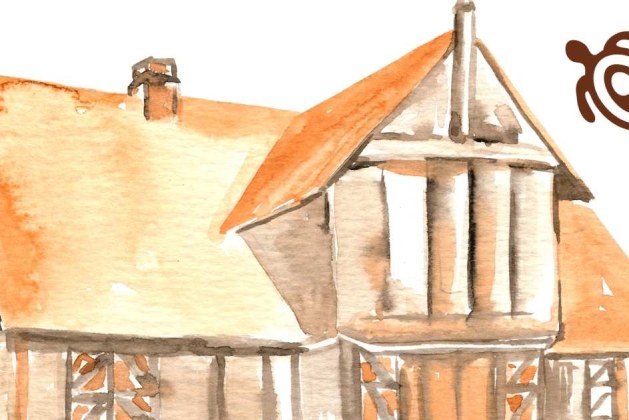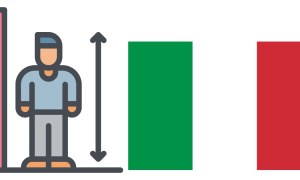The Chauvet Cave, home to some of the most remarkable prehistoric paintings in the world, is located in France. Situated in the Ardèche region of southern France, this cave contains some of the oldest known cave art, dating back approximately 30,000 to 32,000 years. The artwork within Chauvet provides an extraordinary glimpse into the creativity and culture of early humans.
The Significance of Chauvet Cave
Discovered in 1994 by a group of speleologists led by Jean-Marie Chauvet, the cave has since been recognized as a UNESCO World Heritage Site. The walls of Chauvet are adorned with intricate depictions of animals, including horses, lions, rhinos, and mammoths. These images are not only beautifully detailed but also demonstrate advanced artistic techniques such as shading and perspective, which were highly sophisticated for their time.
Preservation and Protection
Due to its historical importance and delicate environment, Chauvet Cave is not open to the public. Exposure to human activity could lead to deterioration of the prehistoric paintings. However, a detailed replica known as Caverne du Pont-d’Arc has been created to allow visitors to experience the wonder of Chauvet’s artwork without compromising its preservation.
Conclusion
The prehistoric paintings of Chauvet Cave, located in France, provide an invaluable record of early human life and artistic expression. These ancient masterpieces continue to captivate historians, archaeologists, and art enthusiasts alike, shedding light on the remarkable capabilities of our ancestors.




Leave a comment